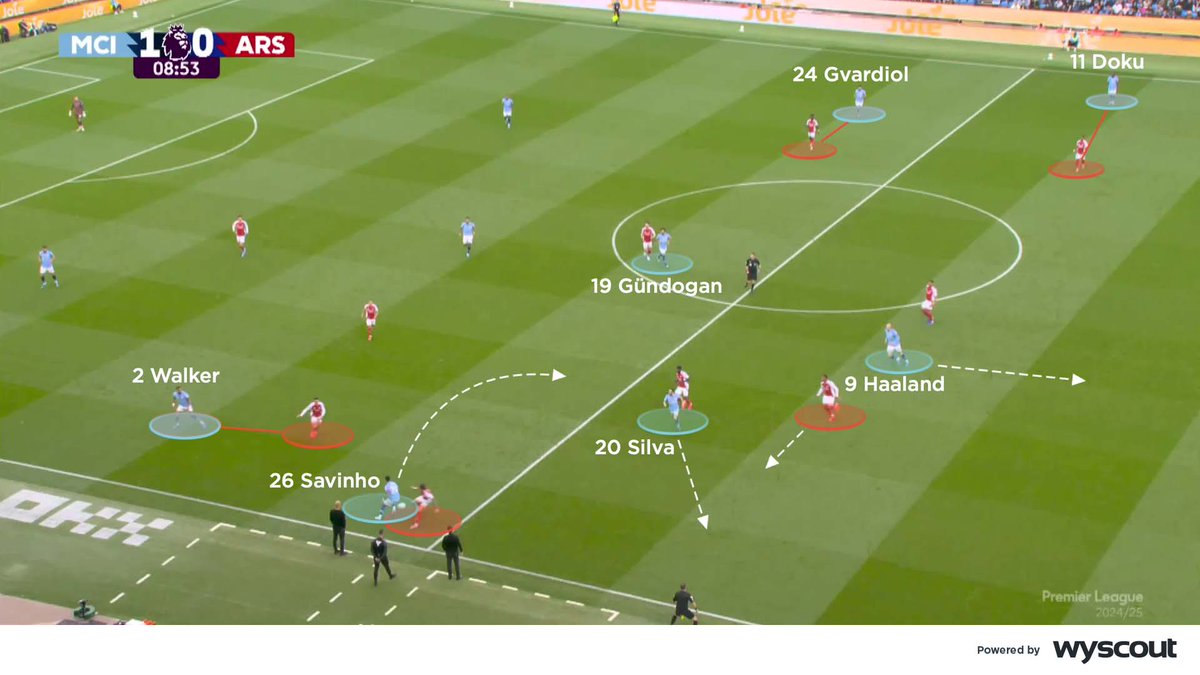🆕 Fresh analysis! 🙌 With La Liga returning, our professional coaches assess the abilities of Real Madrid’s Federico Valverde 👇
coachesvoice.com/la-liga-federi…
coachesvoice.com/la-liga-federi…
Valverde favours three different means of playing out of pressure. Fast, threaded passes towards a more advanced teammate; using a burst of pace to carry the ball between opponents; moving without the ball to behind his opponent and then attempting to receive it beyond them #RMCF 

If he is convincing playing the ball with both feet, Valverde’s right foot is clearly his strongest. When he plays on the right in a 4-4-2 he often attempts to advance around the outside of his opposing defenders and to deliver crosses into the penalty area #RMCF 

He makes intelligent runs while without the ball to attempt to make use of spaces in the final third by providing a new passing option. Regardless of whether his marker follows him, he is then capable of receiving those passes under pressure #RMCF 

Valverde is similarly valuable when Real are counter-pressing. He is quick over the ground, and makes strong, well-timed and effective tackles. He is also adept at anticipating the opposition’s passes 

In Real's 4-3-3, Valverde plays ahead of Casemiro and alongside Toni Kroos or Luka Modric; in their 4-4-2 he most commonly plays on the right, and provides support for the relevant central midfielder while still advancing from a wide position #RMCF 

• • •
Missing some Tweet in this thread? You can try to
force a refresh
















